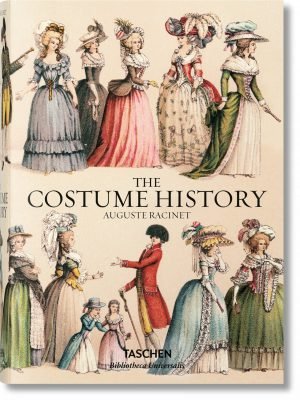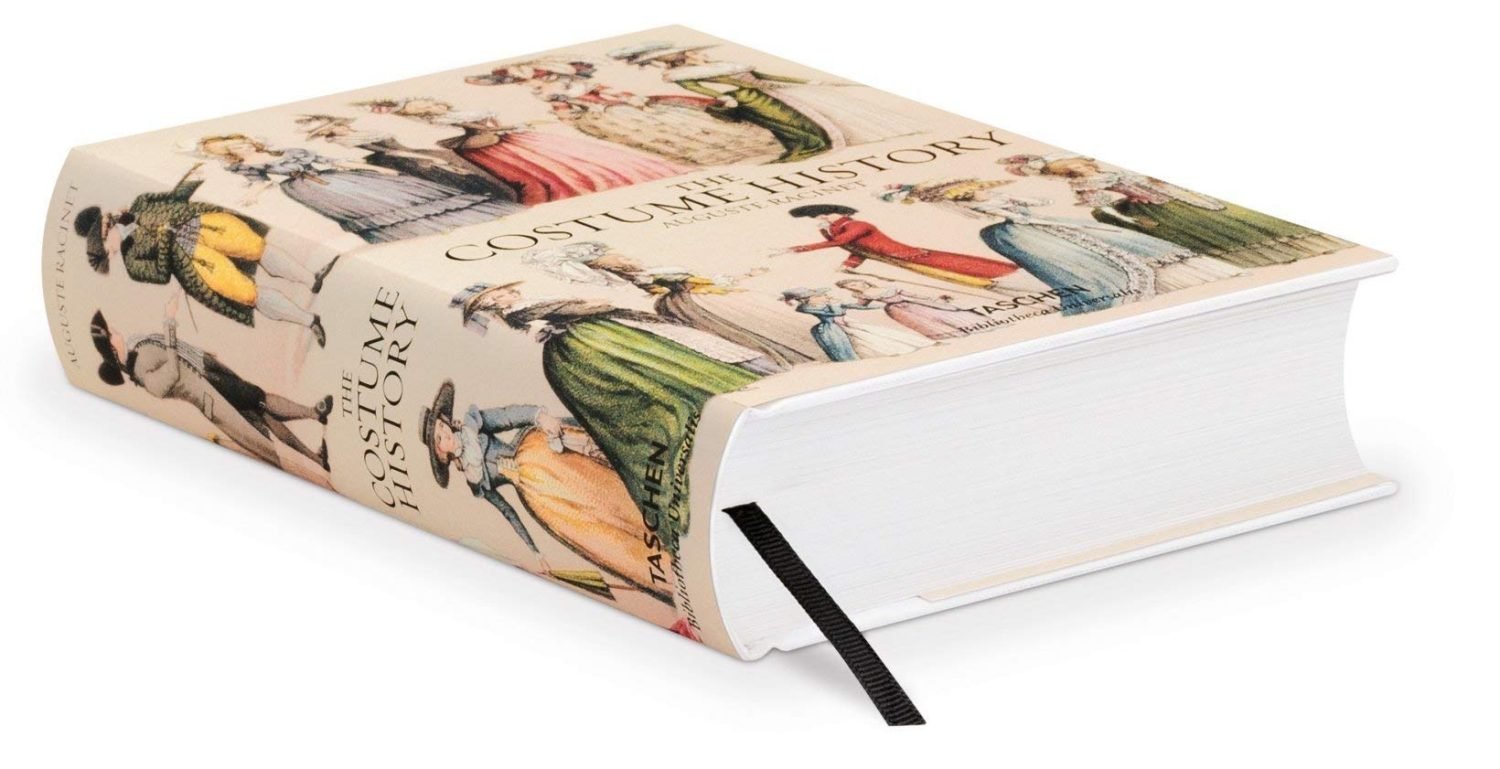
FRANCE. FOLK COSTUMES IN BRITTANY. DEPARTMENT FINISTÈRE.
1 2 3 4 5 6
7 8 9 10 11 12
No 1 and 6. Farmers from the Châteauneuf-du-Faou area; Arrondissement Châteaulin.
Felt hat with different colored chenille; corque, jacket. Rokedennon, embroidered vest. Open bottom jacket with red embroidered buttonholes. Bragou-braz in linen, pleated around the gouriz, a leather belt.
No. 6. wears an embroidered shirt collar, as it is only used by mountain dwellers, sometimes in red or black.

No. 2. Peasant from Carantec, arrondissement Morlaix.
Felt hat with coloured chenille. Brown vest with blue sleeves and black horn buttons. White linen trousers with red belt.
No. 4. Man from Douarnenez, Quimper district.
Hat with velvet ribbon and colorful chenille. Corquen with coloured trimming. Vest with embroidered hem. Wide red wool belt.

No 5 and 7. Guenedouriens or “White”; Arrondissement Quimperlé.
No. 5. hat with coloured chenille. White linen jacket with red embroidery. Blue vest. Wide linen trousers.
No. 7. farmer, representing the “young Bretagne”. Pants with bib; waistcoat; white linen jacket and round hat with velvet ribbon.

No. 8. Man from Quimper.
Wide felt hat; embroidered jacket; vest with double row of buttons; pump pants.
Breton farmers wear the botoulezr (Восёs-lezr) or leather shoe only on festive days; their usual shoes are the botou-coad (wooden shoe). The farmer holds in his hand the pen-bas, a stick made of oak root.

No. 9. Man from Plonévez-Porzay; Arrondissement Châteaulin.
Blue jacket with velvet trim. Brown vest. Calico belt. Wrinkled trousers. Red or yellow wool garters. Gaiters and leather shoes.
No 10. Mountain dweller from the area around Scaër; Arrondissement Quimperlé.
Round hat with narrow brim. Wide jacket. Double vest, one open, the other closed across the chest. Wide fabric belt. Linen trousers. Cloth gaiters, buttoned on the side.
Number 11. Man from Plogonnec, Quimper district.
Round hat with long velvet ribbon. Blue jacket and vest. Thick wool belt. Wide, wrinkled trousers. Fabric gaiters with 5 or 6 copper buttons.
No 12. Farmer from Langolen, Quimper district.
Small hat; short jacket; two vests, one closed, the other open; leather gouriz with buckles. Wrinkled leather trousers. Gaiters and leather shoes. Oak stick.
After studies by Gandon, pictures and photographs by Villard jun. in Quimper.

Source: History of the costume in chronological development by Auguste Racinet. Edited by Adolf Rosenberg. Berlin 1888.








